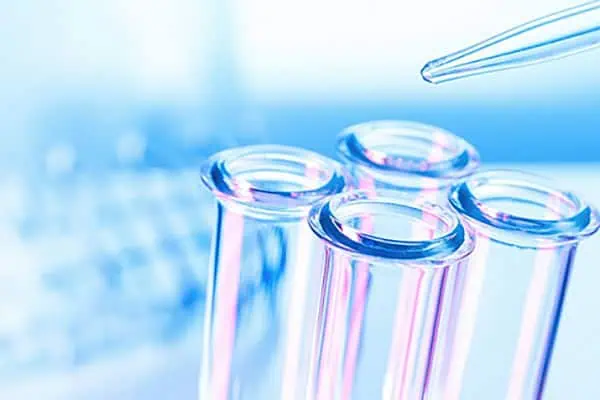Biological buffers

What do you know about biological buffers?
You probably heard about the story of Goldilocks and the three bears and the perfect oatmeal for eating. Organisms also are looking for an environment that is really perfect. Now we want to know about the perfect environment for an organism.
Physiological PH for biological buffers:
Human blood is somewhat basic with a pH of around 7.4. Once the blood pH drops below 7.35, a person is well-thought-out to be in physiological acidosis (which is bad) and when the pH drops below 7.0, it can become deadly.
So how does the body preserve the correct pH all over the day no matter what the situation is? It actually makes use of a biological buffering system.
Do you know about biological buffers?
A biological buffer is an organic substance that has a neutralizing effect on hydrogen ions. This way, a biological buffer helps preserving body at the correct pH so that biochemical processes keep running optimally.
Most buffers are composed of a weak acid and a weak base. They help to preserve a given pH even after the addition of an acid or a base. For example, blood contains a carbonic acid (H2CO3)-bicarbonate (HCO3–) buffer system. In this system, the weak acid separates to a small extent, giving bicarbonate ions. These ions are able of binding extra H+ions floating around in the blood. This amends the weak acid and decreases the amount of H+ ions in solution.
Now we want to know when might this procedure happen? Actually, exercising increases the amount of hydrogen ions floating around in your blood. When this happens, the carbonic acid-bicarbonate buffering system takes the role by capturing the additional hydrogen ions, the pH of your blood does not become too acidic.
Why are buffers so important?
Cells role in a narrow range of pH. Consequently, do the many enzymes that help you digest food, make energy and relay signals between nerve cells. As such, it is so biotic that the pH in the body and in these cells does not differ severely. Then, they’ll stop running in proper way. Therefore, buffers are found in all biologically related solutions.
Biological buffers can also be buffer systems that help keeping a stable pH around the physiological pH.
Suitable buffers have the following features:
- High water-solubility
- Low cell membrane permeability
- Consistent acid-base dissociation constants
- Low metal chelating capability
- High chemical stability
- Low absorption spectra in UV and visible regions.
The most common biological buffer
The use of buffers that imitator biological solutions is a foundation of biochemical studies. One of the most common buffers is phosphate-buffered saline (PBS) which was formulated to match the ionic strength and pH of mammalian cells.
How to prepare a PBS buffer ?
- Prepare 800 mL of distilled water in a suitable container.
- Add 8 g of Sodium chloride to the solution.
- Add 0.2 g of Potassium Chloride to the solution.
- Add 1.44 g of Sodium Phosphate Dibasic to the solution.
- Add 0.245 g of Potassium Phosphate Monobasic to the solution.
- Adjust solution to desired pH (typically pH ≈ 7.4).
- Add distilled water until the volume is 1 L.
Concentration of 1X PBS
The composition of 1x PBS solution is: 137 mM NaCl. 2.7 mM KCl.
You can also refer to following products:



